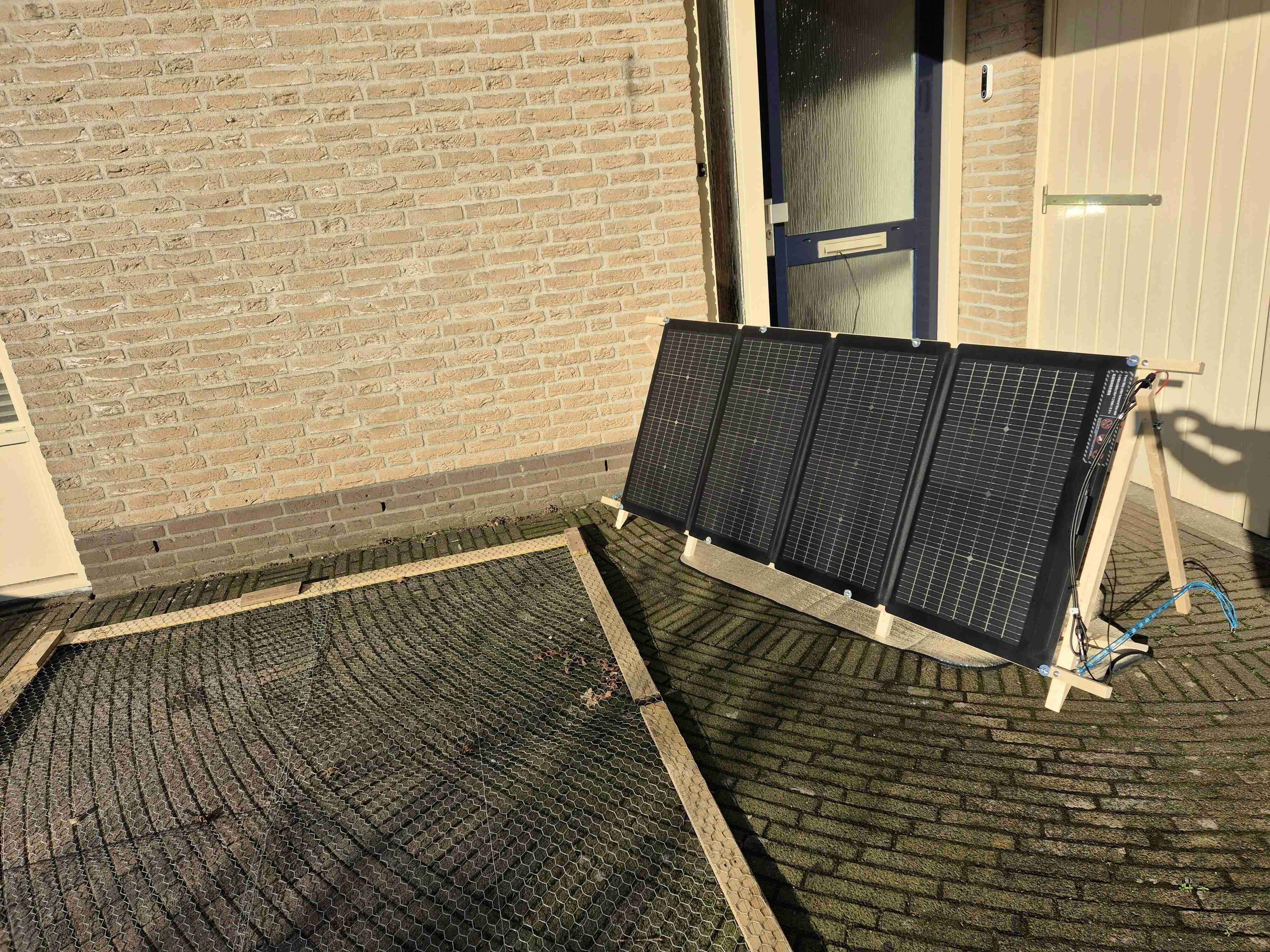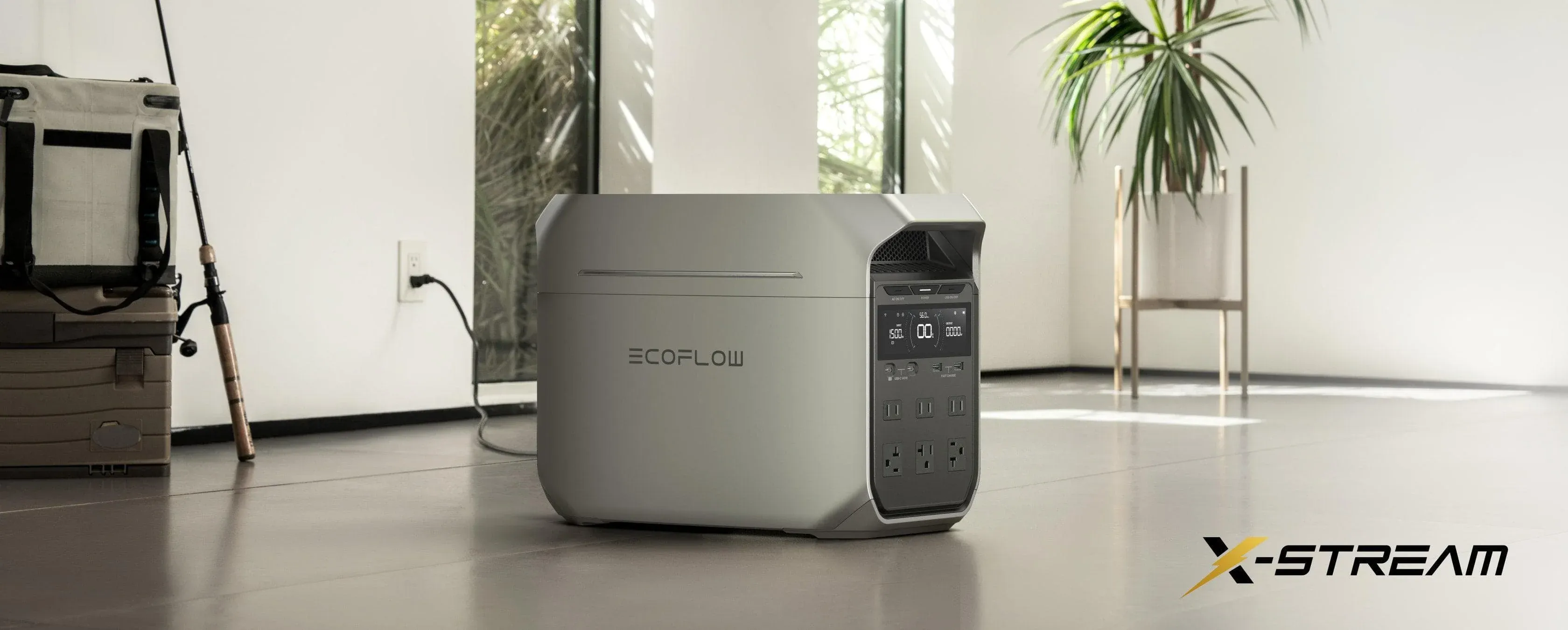What Factors Govern Portable Power Station Solar Charging in Cloudy Weather?
- What Factors Govern Portable Power Station Solar Charging in Cloudy Weather?
- How Do You Estimate Hours to Full for a Portable Power Station on Overcast Days?
- Which Solar Panel Setups Charge a Portable Power Station Faster Under Clouds?
- Why Do MPPT Limits and Voltage Windows Cap Portable Power Station Solar Charging?
- What Placement and Maintenance Steps Speed Up Portable Power Station Solar Charging on Cloudy Days?
- Quick Reference for Portable Power Station Charging on Cloudy Days
- Frequently Asked Questions
Clouds dim the sky, yet work and travel continue. A portable power station can still gain solar energy in this light. Results improve when the array fits the controller window, the field setup stays clean, and planning follows a short loop. This guide gives US readers simple math for charging a solar battery in clouds, tuning tips for solar performance in overcast skies, and a clear way to optimize charge on cloudy days. A portable power station with higher PV acceptance and a wide MPPT window often finishes sooner under the same sky.
What Factors Govern Portable Power Station Solar Charging in Cloudy Weather?
Every session starts with the light you have. A portable power station sees diffuse skylight across the cloud deck and brief direct light through gaps. Thick layers lower the beam. Diffuse light remains and still drives current through a good controller. Cooler panels help voltage a little, yet irradiance still sets the pace.
Hardware then decides how much of that light turns into usable input. Panel nameplate power reflects lab conditions. Overcast skies deliver a fraction of that rating. Wiring adds loss through resistance and contact quality. The portable power station adds an MPPT voltage window, limits on current and power, and a charge profile that tapers at a high state of charge. When these parts align, the unit spends more minutes near a steady, safe input.


How Do You Estimate Hours to Full for a Portable Power Station on Overcast Days?
Planning gets easier once you run the same small calculator each time. A portable power station needs three inputs for a first pass: energy to add, effective input under clouds, and the hours that fit your schedule. Treat the table as planning ranges for typical gray days. Refine them with a satellite cloud map for your area and a ten-minute on-site watt reading.
Planning Table for Feel and Scheduling
| Sky condition | Panel array STC | Rough effective input | Energy to add | Estimated time |
| Bright overcast (diffuse) | 400 W | 160–240 W | 600 Wh | 2.5–3.8 h |
| Thick overcast | 400 W | 40–100 W | 600 Wh | 6–15 h |
| Broken clouds with sun breaks | 400 W | 120–300 W average | 600 Wh | 2–5 h |
Three steps you can repeat:
- Find the required energy. Battery capacity multiplied by the state-of-charge gap gives watt-hours to add.
- Estimate effective input. Start from panel rating, apply a cloud factor for today’s sky, then a system factor for wiring and MPPT behavior.
- Divide to get hours. Required energy divided by effective input gives the first answer. After one hour, measure sustained input again and update the number.
This loop turns charging a solar battery in clouds into a controlled task. A portable power station that accepts higher PV power and tracks quickly during light swings holds a stronger daily average.
Which Solar Panel Setups Charge a Portable Power Station Faster Under Clouds?
Soft light rewards clean electrical design. A portable power station charges faster when operating the voltage sits inside the MPPT window and wiring keeps losses low. For a simple, high-yield path, choose a high-input unit with a wide window, such as DELTA 3 Plus Portable Power Station.
Aim for the window. Use series wiring first to raise the voltage. Confirm cold open-circuit voltage stays under the input limit and cloudy operating voltage stays above the minimum. Add parallel strings only after the voltage sits safely in the center.
Use modest overbuild. Extra panel wattage helps hold useful input in thicker clouds. Keep the design inside the maximum PV limit so the controller caps safely when light improves.
Boost diffuse collection. Set solar panels at a stable seasonal tilt, open the sky view, and place modules over bright ground when possible so reflected light contributes.
Cut losses. Keep cables short and thick. Seat connectors fully and protect splices from moisture.
Avoid a mismatch. Remove thin shade lines from rails, branches, antennae, and trim. A narrow stripe across cells can depress current on the whole string.
Apply these steps, and the portable power station spends more minutes per hour near its sustainable input. That is how you optimize charge on cloudy days with simple moves that travel well.
Why Do MPPT Limits and Voltage Windows Cap Portable Power Station Solar Charging?
Controllers define safe envelopes. The MPPT hunts for a point inside those limits where the panel and the electronics cooperate. If operating voltage drops below the lower bound, power falls sharply even with large arrays. If available power tries to exceed the ceiling, the controller caps input to protect cells and circuits. Treat that ceiling as a design target and shape the array to reach it steadily in gray light.
Two checks keep plans realistic. First, read the input voltage range and maximum PV input near the port or in the manual. Build the array so cold open-circuit voltage stays below the top and cloudy operating voltage stays above the bottom. Second, record sustained watts for ten minutes under stable clouds and plan with that value. A portable power station with clear telemetry and stable tracking makes this quick.


What Placement and Maintenance Steps Speed Up Portable Power Station Solar Charging on Cloudy Days?
Fieldwork often decides the day. A portable power station collects more watt-hours when the site stays open, clean, and secure. Small actions stack up well in soft light, and they cost little.
- Choose a wide sky view. Move away from fences, roof edges, and masts. Even a thin shadow line can reduce current across a string.
- Clean the glass. Wipe dust, pollen, and water spots. Small gains add up over long gray hours.
- Stabilize tilt. In many US locations, a steeper angle helps in winter and a lower angle helps in summer. On fully gray days, face the brightest sector of the sky.
- Vent modules. Leave airflow under panels so cells stay cooler.
- Secure mounts and cables. Anchor hardware and add strain relief before charging, following local safety rules.
These habits raise the average input line on your display and shorten the time to the target state of charge for the portable power station you carry.
Quick Reference for Portable Power Station Charging on Cloudy Days
Clouds change how you plan, yet solar still works. For a portable power station, follow one loop: read the sky, wire for the MPPT window, log a ten-minute baseline, keep panels clean and open, and set a handover to AC or vehicle charging if the schedule slips. Use the planning table to estimate hours, then update at midday. Choose a high-input unit with a wide window for stronger averages in gray light. Ready to act? Map today’s forecast, set your array, start the timer, and charge with intent.
Frequently Asked Questions
Q1. Can I use solar and vehicle charging at the same time on a portable power station?
Yes, but only if the unit explicitly supports simultaneous inputs. Check the total PV plus DC limit and each port’s cap, then connect sources with the maker’s approved cables. Start with one input, confirm stable watts, add the second, and watch temperatures. If your manual lacks a dual-input section, use one source at a time to avoid bus overload or unexpected current paths.
Q2. What is the safest connector setup for the portable panel to power station wiring?
Match connectors end to end and verify polarity with a multimeter before first use. Use MC4 to the panel side and the power station’s native plug on the device side, such as XT60 or Anderson. Size an inline fuse on the positive leads to about 1.25 times the panel short-circuit current. Add strain relief, UV-rated cable ties, and drip loops so rainwater cannot run into the ports.
Q3. How do temperature extremes affect cloudy-day solar charging on a portable power station?
Cold air helps module voltage, so panels often produce better per watt in winter light. Batteries are different. Many systems limit or stop charging below roughly 0 to 5°C to prevent plating. Warm the unit inside a vehicle cabin or insulated bag, or precondition briefly on AC before solar. High heat reduces module voltage and stresses cells, so shade the power station body and improve ventilation.